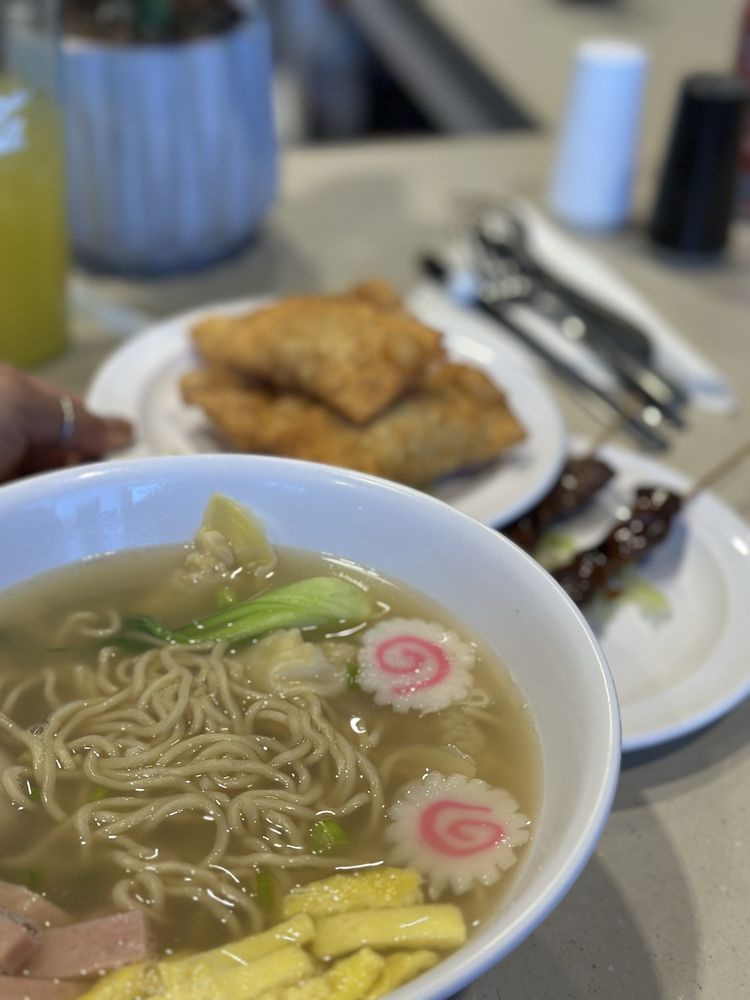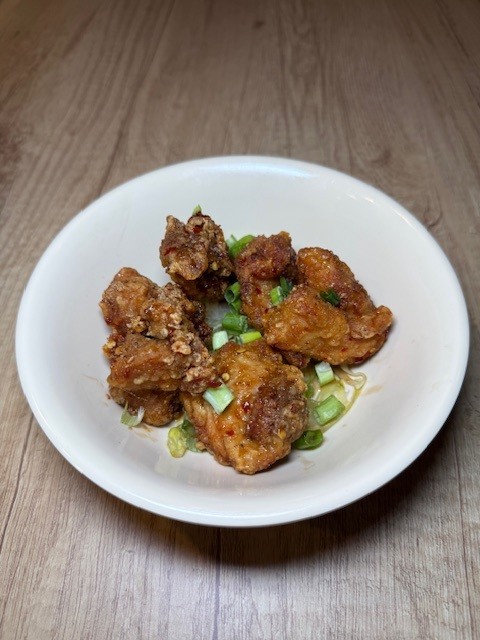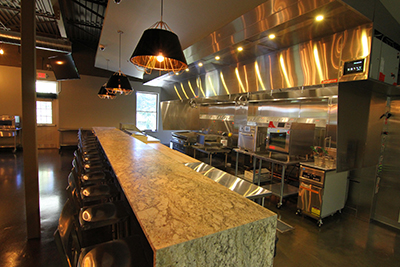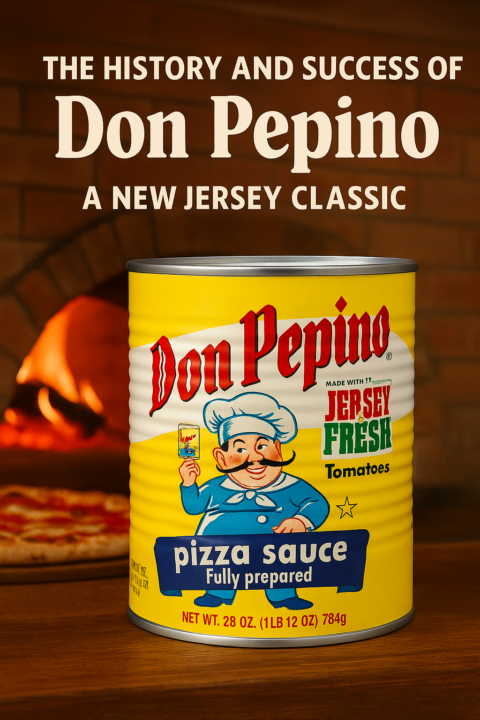

In the bustling world of food and beverage trends, where viral flavors and plant-based dining dominate headlines, there’s something refreshingly authentic about a humble noodle soup that has quietly sustained Hawaii’s soul for over a century. Enter Aina Saimin, a culinary gem that represents more than just another restaurant concept: it’s a living testament to Hawaii’s unique food culture and the enduring power of comfort food done right.
For hospitality industry professionals seeking inspiration from successful food and beverage concepts, Aina Saimin offers valuable insights into how traditional dishes can create lasting customer connections while building sustainable business models in today’s competitive food service industry.

Location and Ownership
Aina Saimin is located in Las Vegas, welcoming guests to its nostalgic diner space that serves the local community and visitors alike. The restaurant is owned by Leila Cravalho, who leads the concept’s day-to-day operations and stewardship of its saimin-forward menu. Follow on Instagram: @ainasaimin.
Understanding Saimin: Hawaii’s Signature Comfort Food

Saimin isn’t just another noodle soup: it’s a cultural artifact that tells the story of Hawaii’s multicultural heritage. This beloved dish consists of soft wheat egg noodles swimming in a savory dashi broth, typically garnished with green onions, char siu (Chinese barbecued pork), kamaboko (fish cake), and often topped with spam, reflecting the islands’ diverse culinary influences.
What makes saimin particularly fascinating for food and beverage management professionals is its evolution from plantation-era necessity to modern comfort food staple. The dish emerged in the early 1900s when immigrant workers from China, Japan, Philippines, and Portugal shared their culinary traditions, creating something entirely new yet deeply rooted in tradition.
For restaurant owners and foodservice executives looking to understand successful menu innovation, saimin represents the perfect balance of authenticity and accessibility: complex flavors achieved through simple, quality ingredients and time-honored preparation methods.
Aina Saimin’s Role in Preserving Diner Culture
The concept behind Aina Saimin extends far beyond serving food; it’s about preserving a disappearing slice of Americana with a distinctly Hawaiian twist. In an era where food and beverage companies increasingly focus on fast-casual concepts and digital ordering, Aina Saimin champions the traditional diner experience: complete with counter seating, personal service, and that indefinable sense of community that keeps customers returning.
This approach resonates strongly with current food and beverage trends toward authenticity and local food sourcing. According to recent industry analysis, consumers are increasingly seeking dining experiences that offer genuine cultural connections rather than manufactured concepts.
Signature Menu Items That Define Excellence
Garlic Chicken: A Modern Classic

Aina Saimin’s garlic chicken represents menu innovation at its finest: taking a beloved local preparation and elevating it through careful attention to technique and presentation. The dish showcases how food and beverage directors can honor traditional flavors while meeting contemporary dining expectations.

The success of this dish lies in its simplicity and execution: crispy chicken pieces tossed in a aromatic garlic sauce that strikes the perfect balance between savory and umami. For hospitality managers studying successful food and beverage services, this dish demonstrates how focusing on a few high-quality ingredients can create memorable dining experiences without complex preparation methods.
Loco Moco: Comfort Food Perfection
Perhaps no dish better represents Hawaii’s comfort food culture than loco moco: a hearty combination of rice, hamburger patty, fried egg, and brown gravy. Aina Saimin’s version exemplifies how traditional preparations can succeed in today’s health-conscious dining landscape by focusing on quality ingredients and proper portion sizing.
This dish offers valuable lessons for food and beverage companies developing comfort food concepts. Its success lies not in revolutionary ingredients but in flawless execution of familiar elements, creating a dish that feels both indulgent and satisfying without being overwhelming.
Crispy Wonton and Traditional Favorites
The crispy wonton offerings at Aina Saimin showcase how traditional preparation methods can create distinctive menu items that stand out in a crowded marketplace. These appetizers demonstrate the importance of textural variety in successful food and beverage management: offering customers multiple sensory experiences within a single meal.
Teriyaki Burger Innovation
The teriyaki burger represents Aina Saimin’s approach to familiar American dishes with Hawaiian influences. For restaurant marketing professionals, this item demonstrates how cultural fusion can create unique selling propositions while maintaining broad appeal.
The Suzy Q burger variation shows how successful food and beverage concepts can create menu depth through thoughtful variations on core offerings, maximizing kitchen efficiency while providing customers with personalized choices.
The Nostalgic Diner Experience in Modern Context
What sets Aina Saimin apart in today’s hospitality industry isn’t just its food: it’s the complete dining experience that harks back to an era when restaurants served as community gathering spaces. This approach offers valuable insights for hospitality technology implementation, demonstrating that sometimes the most effective technology is the human connection between server and customer.
The restaurant’s commitment to traditional counter service and personal interaction provides a counterpoint to current industry trends toward automation and self-service. For food and beverage sustainability advocates, this model also demonstrates how focusing on quality over quantity can create lasting customer relationships while reducing waste and improving operational efficiency.
Industry Implications and Lessons
For procurement directors and institutional buyers studying successful restaurant concepts, Aina Saimin offers several key insights:
Local Sourcing Strategy: The restaurant’s commitment to traditional ingredients and preparation methods creates opportunities for strategic partnerships with local suppliers, supporting both the community and ensuring ingredient quality.
Menu Simplicity: Rather than chasing viral flavors or complex preparations, Aina Saimin succeeds through mastery of fundamental techniques and consistent execution: a valuable lesson for foodservice executives managing large-scale operations.
Cultural Authenticity: In an era of manufactured concepts, genuine cultural connections create sustainable competitive advantages that can’t be easily replicated by larger food and beverage companies.
Community Integration: The restaurant’s role as a community gathering space demonstrates how successful hospitality concepts can create value beyond just food service, building customer loyalty that transcends typical transactional relationships.
The Future of Comfort Food Concepts
As the food and beverage industry continues evolving, Aina Saimin represents important trends toward authenticity, community connection, and cultural preservation. For restaurant owners considering new concepts or hospitality leaders studying successful models, this approach offers several advantages:
The focus on traditional preparations and quality ingredients aligns with growing consumer interest in food safety trends and sustainable food brands. The community-oriented dining experience addresses increasing demand for authentic social connections in an increasingly digital world.
Most importantly, Aina Saimin demonstrates how successful food and beverage concepts can honor cultural traditions while building sustainable modern businesses: creating value for customers, communities, and operators alike.
The restaurant’s success suggests that in our rush toward technological solutions and efficiency optimization, we may have overlooked fundamental human needs that traditional diner culture addressed. As the hospitality industry continues evolving, concepts like Aina Saimin offer valuable reminders that sometimes the most innovative approach is preserving what has always worked.
For food and beverage professionals seeking sustainable success in an increasingly competitive marketplace, Aina Saimin provides a compelling case study in how cultural authenticity, quality execution, and community connection can create lasting competitive advantages that transcend typical market pressures.
Written by Michael Politz, Author of Guide to Restaurant Success: The Proven Process for Starting Any Restaurant Business From Scratch to Success (ISBN: 978-1-119-66896-1), Founder of Food & Beverage Magazine, the leading online magazine and resource in the industry. Designer of the Bluetooth logo and recognized in Entrepreneur Magazine’s “Top 40 Under 40” for founding American Wholesale Floral. Politz is also the founder of the Proof Awards and the CPG Awards and a partner in numerous consumer brands across the food and beverage sector.








